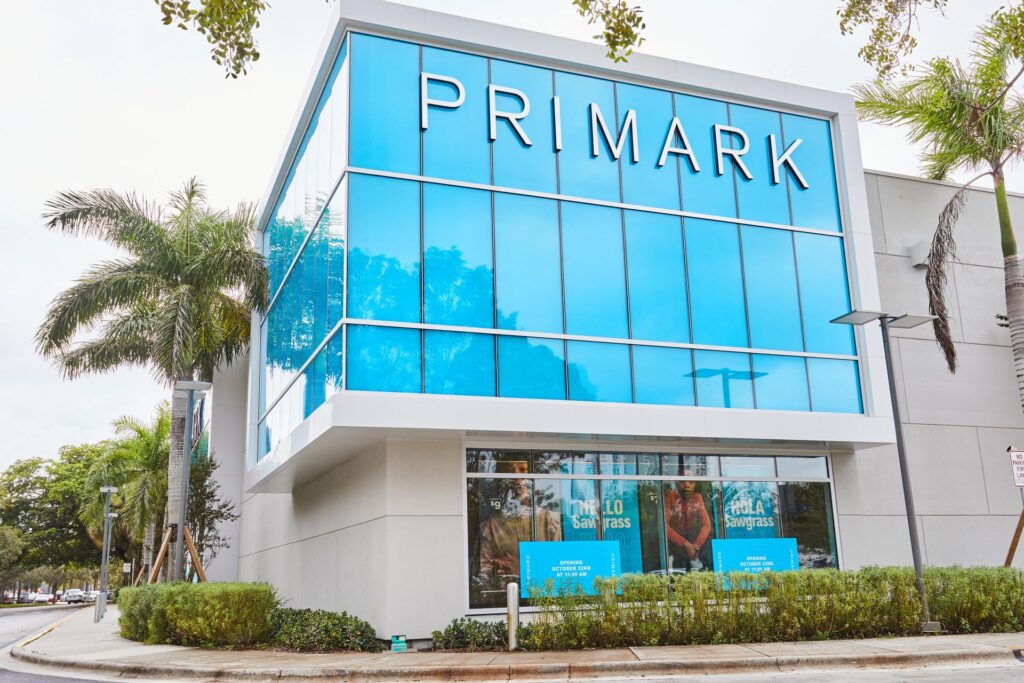A mere 10 percent of brand leaders feel exceedingly confident they will be able to reach their customer engagement and revenue goals as audiences seek more localized, personalized experiences that are relevant to their own cultural context and situation. Another 73 percent feel only partially prepared to deliver.

Customers today are seeking security, service and localized experiences based on local language and culture, according to the CMO Council’s new report, Reshaping Global Engagement Operations.
The challenge comes as marketing operational structures may actually be keeping the customer and brand apart. The report, produced in partnership with Worldwide Partners, a global network of independent advertising and marketing services agencies, also revealed that:
• Marketers are missing the localization mark before campaign deployment. Eighty-two percent say local market intelligence is just ‘OK,’ while 10 percent admit their local intelligence is actually highly deficient
• Without access to local intelligence, opportunities will continue to be missed. Fifty-seven percent believe lack of localized market insight has had a negative impact as 37 percent say the lack of local knowledge is partially to blame for stalled relationship development initiatives
• Organizational structures may be partially to blame for the intelligence gap. The study investigated three specific operational structures: fully centralized (27 percent), fully decentralized (30 percent), and hybrid structures (30 percent) with local teams executing on strategies from a centralized leadership group.
More on Customer Engagement:
- New AI Tools for Better Engagement
- Hickory Farms Recharges with a Spot-On Digital Marketing Strategy
• Thirty eight percent of marketers operating in a fully centralized organizational structure believe that efficiency of spend and allocation is their top benefit. The downside to the model, according to 37 percent of respondents, is a lack of local market understanding and proximity to the customer.
• Thirty five percent of marketers in a fully decentralized organization say the top benefit is the elimination of corporate politics over execution and decision-making. Forty-eight percent admit the top drawback is not having a clear vision of the brand engagement strategy.
• According to marketers in hybrid operational structures, the top three benefits of their operations include a heightened understanding of the local customer, a crystal-clear understanding of strategy and goals, as well as heightened efficiency that optimizes impact of spend. Drawbacks still pop up, but are largely centered around timeliness of decision-making across the organization.
“Chief marketers embarked on organizational transformation in the name of efficiencies. Modern CMOs must now refine that transformation in the name of the customer,” says Liz Miller, the CMO Council’s SVP of marketing. “We fought hard to bring rigor and accountability to operations. Now we are asking old processes and operational structures to align with a customer that doesn’t see silos or functions. They just understand their own context and reality, steeped in culture and spoken in their own language.”
Agency alignment
Only 17 percent of marketers believe their operational models totally aligned with their agency partners, forcing some leaders to question the value and the impact of the relationship. This has led marketers to look for partners with the ability to scale quickly, be in closer alignment with business goals, and be a resource for skills and new capabilities around the globe.
Even so, 64 percent of respondents believe their relationships with current partners will stay in place over the next 12 to 18 months. Those who do foresee shifts anticipate they will bring content marketing (28 percent), customer intelligence (26 percent) and demand generation (21 percent) in-house. Functions likely to shift externally include public relations (21 percent), advertising creative development (24 percent), media buying (21 percent), and live event and experiential engagements (26 percent).

 Network
Network

